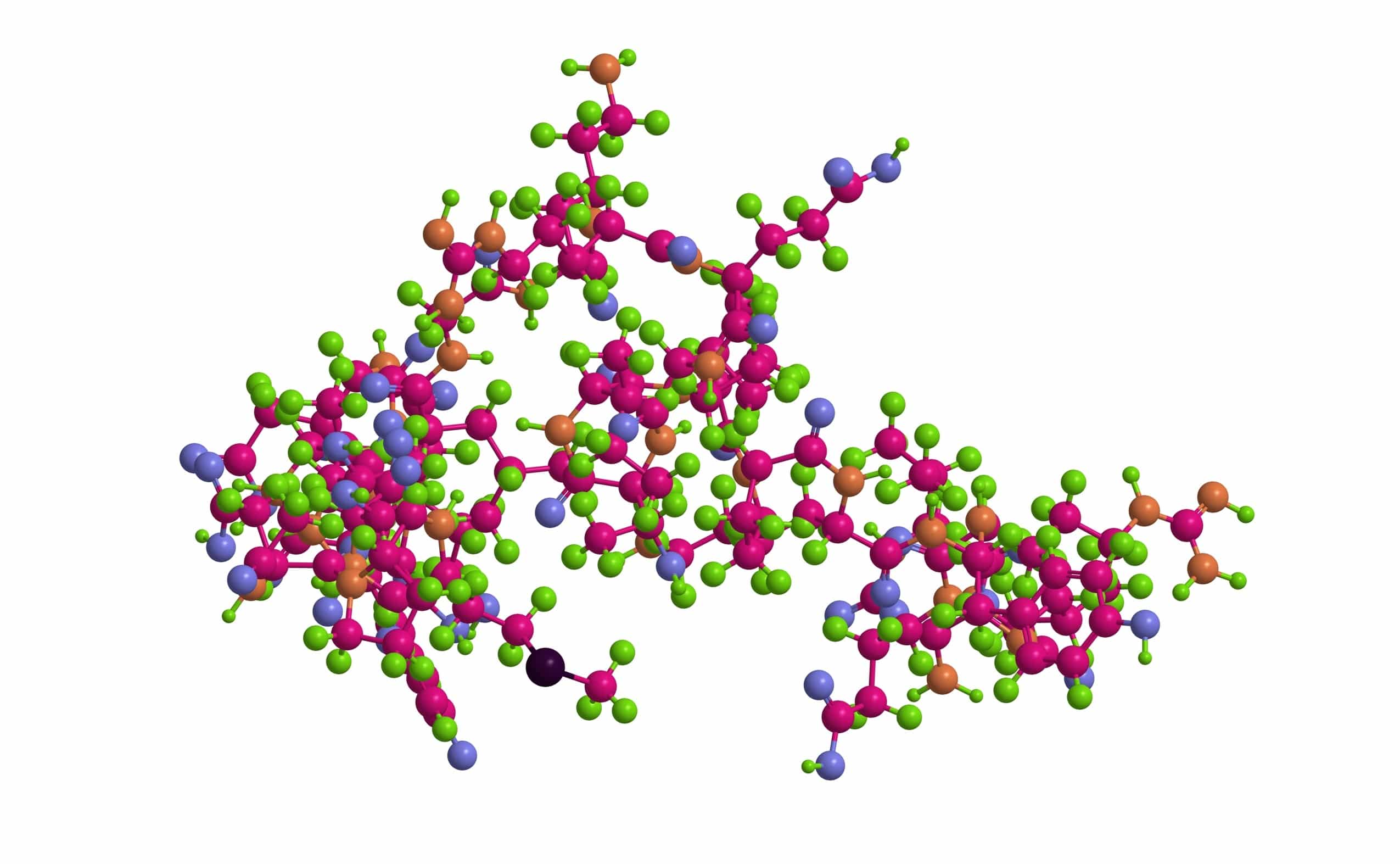Here, you’ll learn the five essential purposes of peptide synthesis and its medical and scientific applications:
1. Purification
The first purpose peptide synthesis serves is to remove residual effects or unwanted components from the amino acid. Most often, the unwanted components and the essential products look alike, making their distinction tricky.
Because of the close similarity, there’s a need for a precise distinction process to ensure only the unwanted materials are eliminated. Some impurities identified in the process include scavengers, by-products, truncated peptides, and deletion peptides.
Reversed-phase high-performance liquid chromatography and UV peak detention can also identify the impure components. Preserving the synthesized peptide and its inherent components is crucial to remove only the impurities.
Ideally, the natural properties of peptides follow the composite and sequential characteristics of amino acids, so the impurities possess similar characteristics. However, peptide synthesis makes it possible to diligently distinguish the useful from the unwanted.
2. Resin Cleavage and Deprotection
Side-chain protective materials may often be left in peptide detachment from a resin. Failing to remove them, especially if you use the FMOC SPPS technique in the synthesis process, increases the likelihood of damage to the freshly synthesized peptide. Moreover, the amino acid may easily mix with other compounds in the amine groups, causing even more damage.
However, because the nature of amino acid and its makeup influence the conditions for cleavage, every attempt to remove the materials can be challenging. Ideally, a successful cleaving process requires a solid knowledge of the resin cleavage.
In addition to general TFS cleavage, oxidative cleavage, and diluted TFA cleavage, among other deprotection techniques, peptide synthesis can be more effective. This is because the process ensures no mix-up between components, and only the appropriate amino acid connects in the desired chain.
3. Medical Imaging
All practices to examine internal issues, musculoskeletal structure, and other internal organs using medical tools like ELISA kits (enzyme-linked immunoassays) and X-rays are simply medical imaging. Additionally, medical imaging encompasses molecular imaging, a process that enables the characterization of molecules, quantification of cell processes, and remote visualization.
Radiolabeling is the most popular medical imaging method for combining radioactive substances into a molecule to enhance the remote visibility of the molecule as it travels between organs, tissues, or cells. It allows researchers and medical experts to observe vital functions like pathogenesis pending diagnosis and drug metabolism.
However, because peptides and proteins have a high specificity and binding affinity to target parts, they are more popular molecules in the radiolabelling process. Ideally, these properties make them easily adjustable, increasing the radiolabeled protein affinity.
Protein and peptide synthesis are more effective for ELISA kit companies when determining the antigen concentration.
4. Vaccine Development
There is a growing interest in peptide vaccines, so they will likely be integral vaccine systems soon. Vaccines are ideal for protecting an individual or a community from infectious diseases, possible long-term diseases, and disability. Their usefulness has been paramount since time immemorial and will get even better.
However, with technological advances, innovators always seek safer, less-cost, less genetic variability, and more technological vaccines overall. Peptide vaccine is one such vaccine that allows researchers to create synthetic peptides that mimic the key components of pathogens, such as viruses or bacteria.
The synthetic peptides have been shown to trigger an immune response without using the actual pathogen. This approach is safer and more controlled, making vaccine development more precise and efficient.
5. Enhancing Protein Production
Proteins are significant molecules that influence the body functions that improve life. Peptide synthesis plays a pivotal role in enhancing protein production by providing a range of indispensable tools for researchers. Ideally, synthetic peptides facilitate functional analysis, imitating the roles of protein domains and enabling a deeper understanding of their functions within biological systems.
Moreover, synthetic peptides can act as activators at different stages of protein synthesis, improving protein production. While peptide synthesis may not directly accelerate protein production, it significantly contributes to researcher’s understanding of proteins and their functions, ultimately enhancing the broader field of protein science.
Conclusion
Incorporating the latest advancements and research in peptide synthesis can lead to breakthroughs in medicine and biotechnology, ultimately benefiting patients worldwide. Peptide synthesis is a powerful technique with vast potential, and its importance in the medical field is immense. As the field of medical research continues to evolve, so will the role of peptide synthesis in shaping the future of healthcare.




